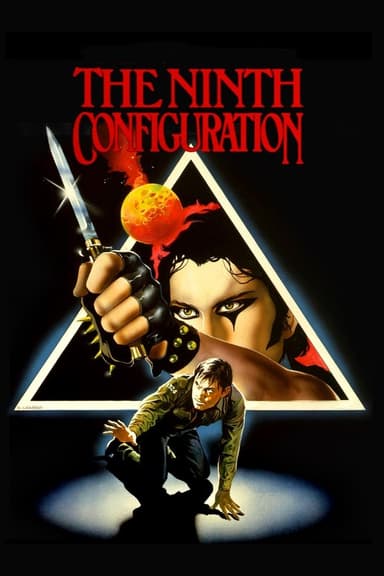
The Exorcist
1973 • Horror • R
When a mysterious entity possesses a young girl, her mother seeks the help of two Catholic priests to save her life.
Runtime: 2h 2m
Why you should read the novel
Reading William Peter Blatty’s novel The Exorcist offers a far more immersive and nuanced experience than watching the film adaptation. The book delves deeply into the psychology of each character, giving readers intimate access to their fears, doubts, and personal struggles—something a movie can only hint at visually.
Blatty's prose masterfully blends suspense with philosophical and theological musings, raising thought-provoking questions about faith, evil, and the nature of belief. The slow-burn pacing gives readers time to confront and contemplate the growing horror, rather than merely reacting to startling visuals and special effects.
If you want to truly understand the chilling impact of Regan’s possession and the emotional journeys of Father Karras and Father Merrin, the book is unparalleled. It offers rich layers and psychological depth, making it a must-read for anyone interested in horror that transcends mere scares.
Adaptation differences
One major difference between the novel and the film is the depth of character development, especially for Father Damien Karras. In the book, readers are privy to extensive passages exploring Karras’s grief over his mother’s death, his crisis of faith, and his psychology—elements that the movie, due to time constraints, only touches on superficially through dialogue and performance.
The pacing and structure also differ significantly. The novel takes its time developing suspense, interweaving subplots like the investigation by Detective Kinderman, while the movie trims or condenses these threads to maintain its runtime and cinematic tension. Several secondary characters and detailed scenes in the book are omitted or greatly simplified in the adaptation.
The novel includes more explicit religious and philosophical debates, exploring themes of good and evil, and the role of faith in confronting the supernatural. These discussions anchor the narrative but are mostly left out of the film, which chooses to emphasize immediate horror and visual shocks instead.
Finally, the ending of the book offers a more ambiguous and reflective closure, with a focus on the aftermath for the survivors and ongoing philosophical questions. The film, while powerful, provides a more visually dramatic conclusion, focusing more on the spectacle of the exorcism and its immediate consequences. This shift means some of Blatty’s contemplative, character-driven moments are lost in translation to the screen.
The Exorcist inspired from
The Exorcist
by William Peter Blatty





